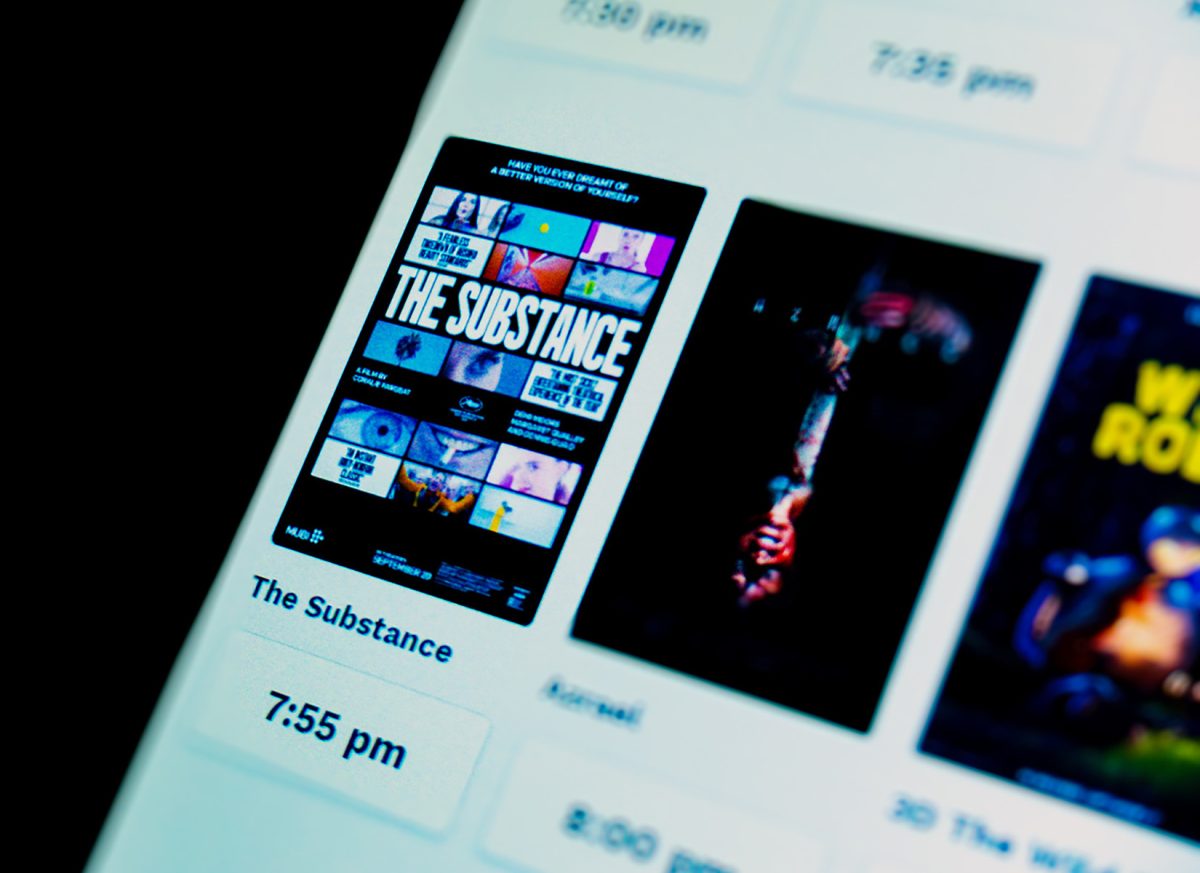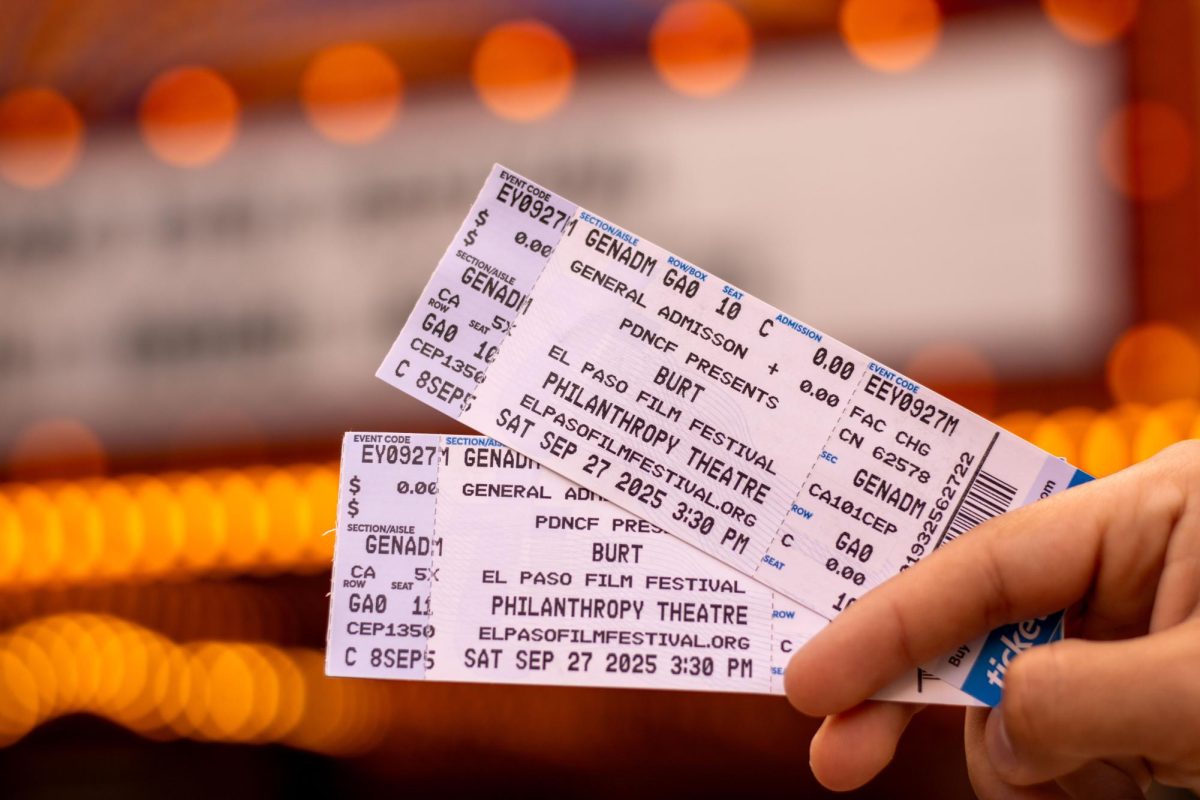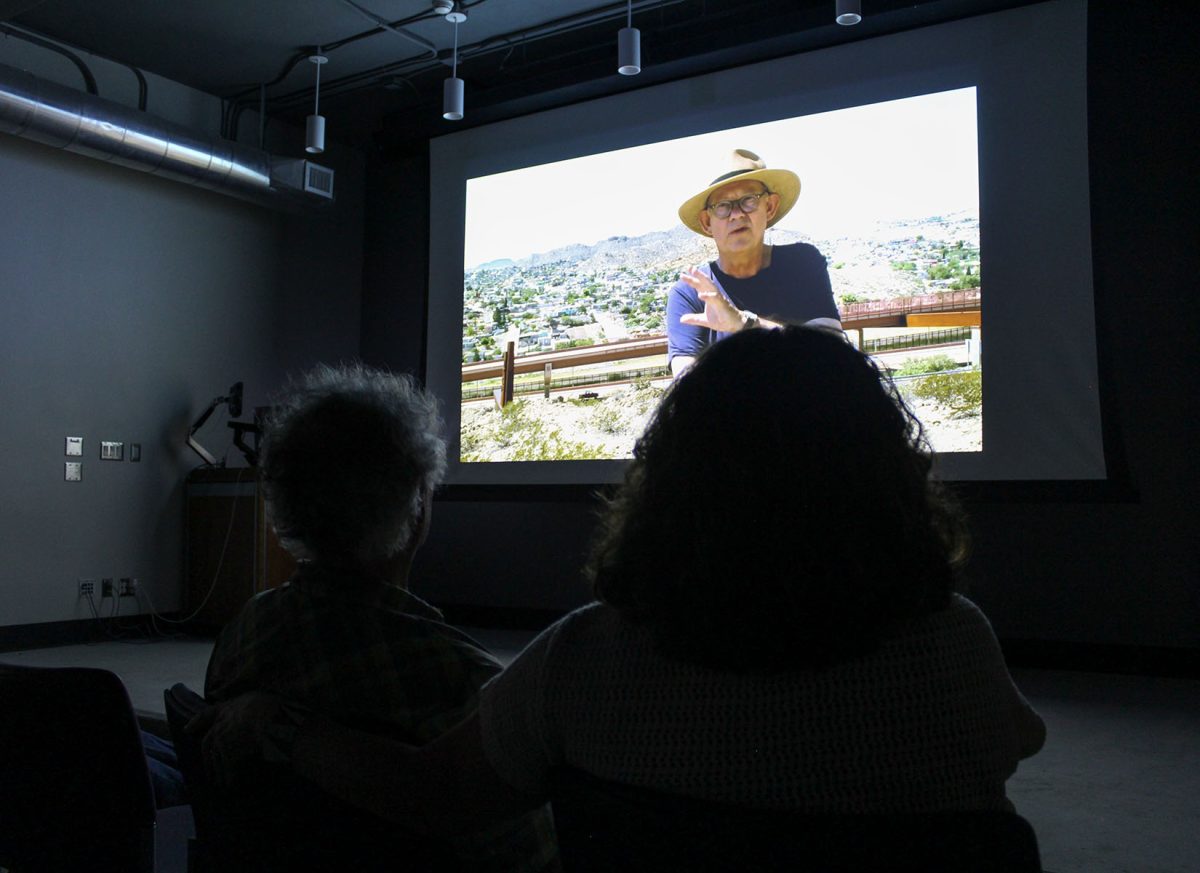Just when one thinks the movie is going to end, the hits keep on coming. Body horror is a very niche genre in horror cinema, and it is back.
Director Coralie Fargeat created “The Substance” a film that is both downright disturbing and a masterpiece.
Fargeat cinematically addresses topics head on like ageism, viewing women from a male gaze—especially in Hollywood and most importantly the theme of a desperate void that becomes greediness. Fargeat goes into the power of body image, body dysmorphia, misogyny and how the goriness and grotesque can really twist the face of these topics.
This movie is not only visually graphic but auditory—very hypersensitive and macro detailed with close ups that manage to be scary in both sound and cinematography.
This movie manages to make the audience extremely uncomfortable, uneasy, queasy, squirmy and not able to finish their popcorn.
The overall feel of The Substance had the audience in a headlock, unable to look away, like one does not want to miss a scene, but the act of being repulsed gets more intense as each scene progresses.
The cinematic theme and symbolism throughout every act to the very end is intense. Yellow is very prominent through the main character, Elisabeth Sparkle, who wears a bright yellow coat like her own security blanket of her identity. In her surrounding areas, there happens to be a pop of yellow in every scene, which is admirable to the eye.
For example, the very first scene shows one egg being injected with the substance, which produces another egg yolk. In parallel to the substance’s infomercial, yellow clay is used to describe the diabolical process. Where they emphasize the concept: “you are one.”
What was very profound was the switch scenes, how the power holding these scenes are very much the glue to the storylines between Sparkle, to the “best version of herself,”, Sue. After taking the substance, these two characters must switch after every seven days. During the transitions between Sparkle and Sue they have two diverse ways their identities showcase in those specific scenes; wherein the cinematic perspective is genius.
Something after the third act was a bit overkill for some, and for others it is their utmost favorite part. Why stop at an additional creation? Only to get through the message to be careful what you wish for and be grateful for what you have now.
. What was lovely to see was how Fargeat paid homage to other classic horror films like Carrie (1976), The Shinning (1980) and The Thing (1982) which were all cinematically in tune and the correct choice—especially in the third act. This film made people’s bodies ache and hurt, making viewers fix their back posture. Ultimately, people quite literally kept saying over again in the halls: “What did I just see?” with the most agonizing and entrancing voice.
Dominique Macias is a writer and photographer and may be reached at [email protected]







